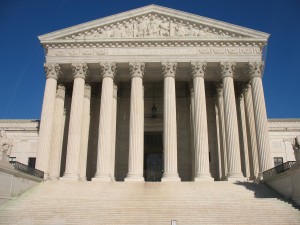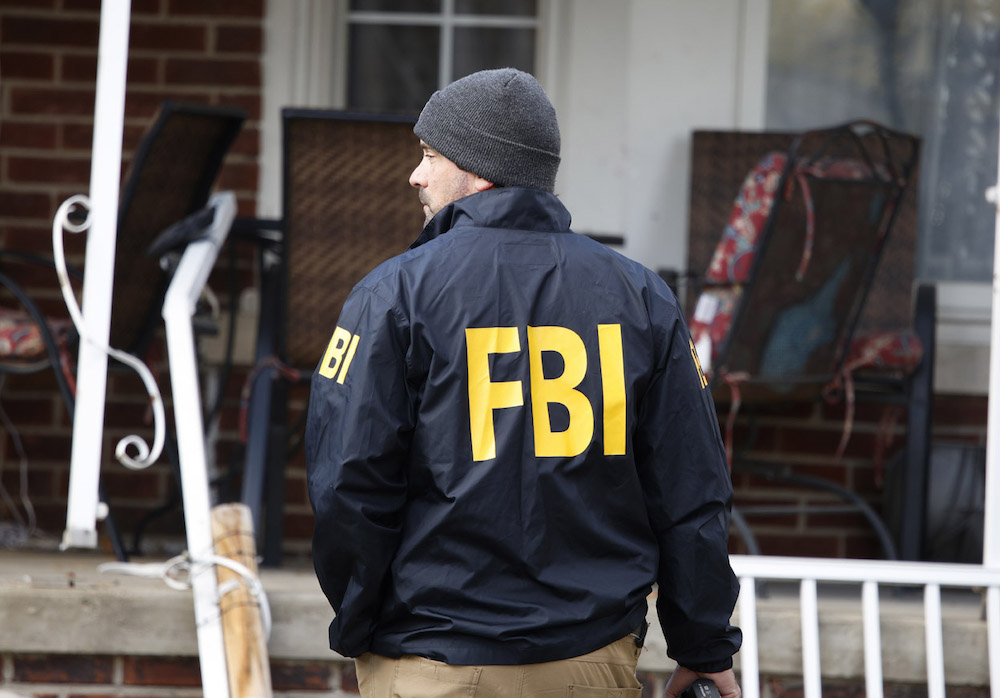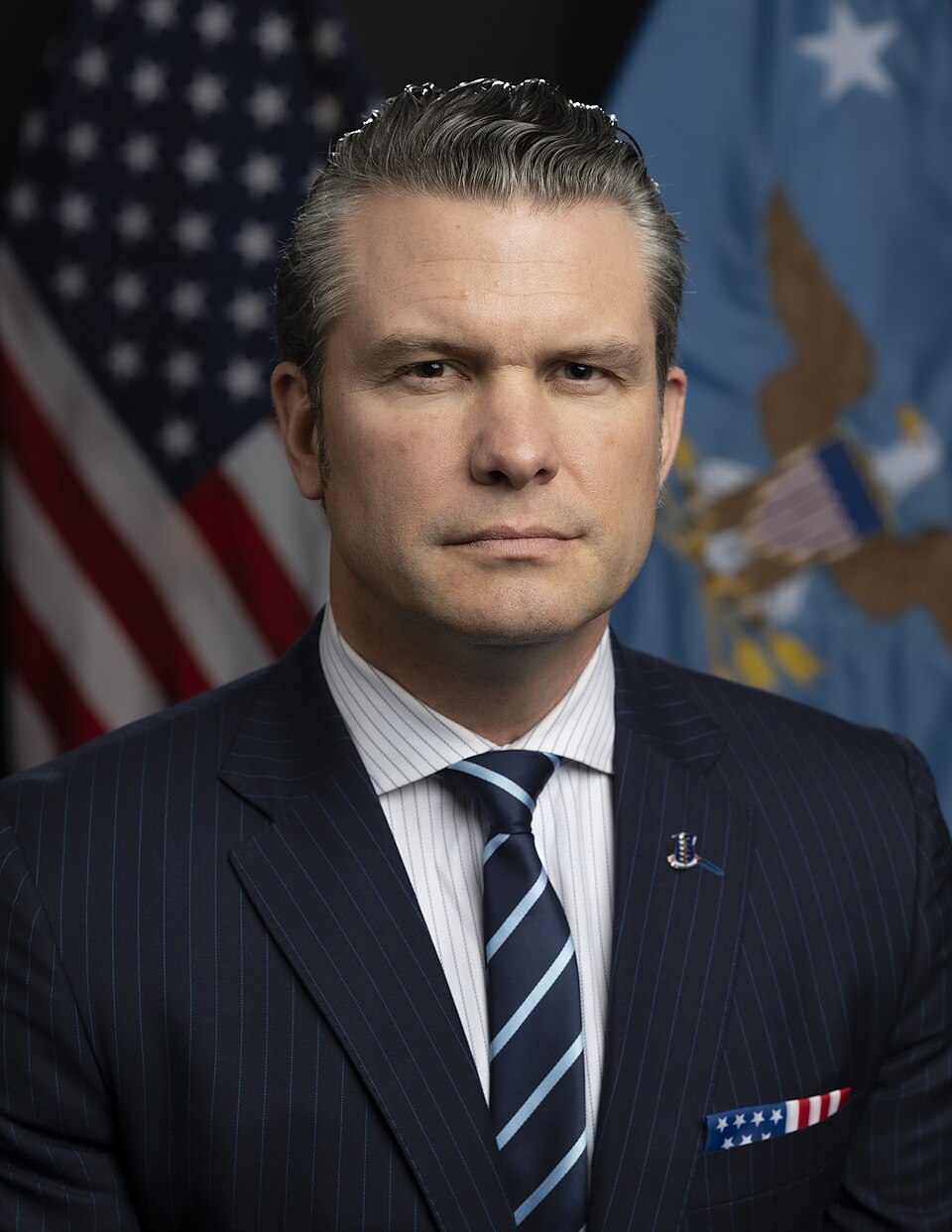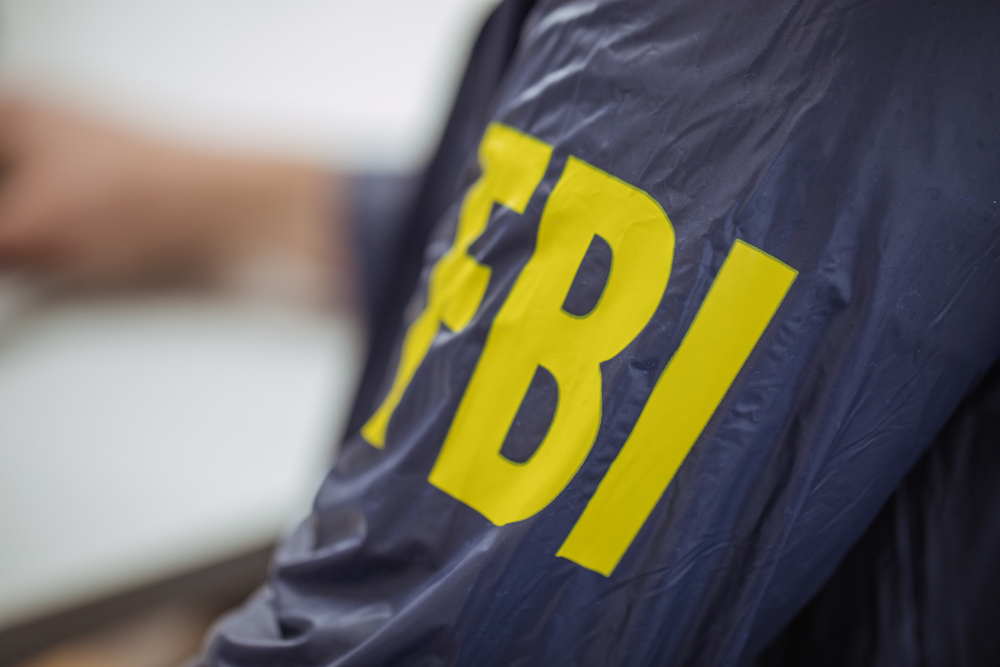Ross Parker was chief of the criminal division in the U.S. Attorney’s Office in Detroit for 8 years and worked as an AUSA for 28 in that office.
By Ross Parker
ticklethewire.com
The Supreme Court opens the 2016-2017 term on Monday with only 8 Justices because of the death last spring of Justice Scalia. The conventional wisdom is that the Court will do its best to avoid the confusion of 4-4 voting splits by postponing controversial cases another Justice is confirmed. Of course that is not always possible, particularly when the case had already been accepted while the Court was at full strength or when a case is unavoidable. An example of the latter would be a voting controversy after the Presidential election such as the 2000 case which confirmed George W. Bush’s election. God forbid the only thing that could make this election any crazier.
The Court has broad discretion in deciding what cases to accept for decision. Certiorari is granted in only about 80 of the 8,000 odd petitions that are filed. Oral arguments occur about 5 or 6 days a month from October to April. After the argument the Justices meet privately and take a preliminary vote. If the Chief Justice is in the majority, he will assign the author of the opinion. If he is in the minority, the senior Justice does so.
October’s case selections are somewhat unusual in that of the 8 cases scheduled for argument, 6 of them are criminal. Moreover, one of the two civil cases involves an issue of the liability of law enforcement agents who are sued for unconstitutional searches. Usually criminal cases comprise a third or less of the full opinion docket, about half that number of oral arguments in a month.
The first case scheduled for oral argument in the term, Bravo-Fernandez and Martinez-Maldonado v. US, involves a Puerto Rican Senator and businessman convicted of bribery in connection with gifts (Las Vegas boxing match tickets) provided to the Senator who then proceeded to vote in favor of legislation which benefitted the businessman. However, during the same prosecution, the jury also acquitted the two of other charges directly related to the issue of bribery. The verdict was irreconcilably inconsistent. On appeal the substantive bribery convictions were vacated due to erroneous instructions. The government seeks to re-try the vacated counts.
The issue before the Court is whether the factual conclusions underlying the acquittals should work to preclude the retrial under the Collateral Estoppel doctrine of the Double Jeopardy Clause. That is, should the jury’s acquittals prevent the government from retrying the defendants a second time on the charges of the vacated convictions?

As a general rule the government cannot re-litigate fact issues resolved against it in a previous prosecution. However, an exception to this rule is made in the case of inconsistent verdicts. The question is whether vacated convictions can be considered under double jeopardy to decide if the verdicts were inconsistent.
Four amicus briefs have been filed in support of the defendants’ arguments. The appeal is a prime example of why amicus briefs should be read to fully understand the issue and what is at stake in the case. One of them in particular filed on behalf of the Cato Institute is a good example of this practice ignored by most lawyers who follow Supreme Court cases. It was authored by Cato’s counsel on the appeal, David Debold, and it presents a thoughtful and erudite discussion on why the history of double jeopardy should preclude the re-trial on the vacated counts. Those of us who have worked beside Mr. Debold can only smile appreciatively at his use of an obscure theory of quantum physics to explain his point that a vacated conviction does not exist legally and so cannot be used to support the proposition that the verdicts are inconsistent.
However persuasive the theory of the defense argument, the fact remains that juries in the United States have always been able to render inconsistent verdicts based on irrational considerations, compromises, or desires to reduce the punishment involved. Or just to get the hell out of the jury room. If some part of a jury agrees to vote to return completely inconsistent verdicts out of a desire to end an interminable jury service, to effect a compromise with the other part of the jury, or because they believe they will be cutting the defendant a break, they have always had a historical right and power to do so. Nullification acquittals by juries to avoid a mandatory death penalty by the theft of a loaf of bread only a couple centuries ago are a related example of this time-honored principle.
Prediction: The defendants’ convictions will be affirmed. The defendants have to prove that the jury necessarily decided the factual bribery issue by their acquittals on some counts, but this is impossible when the verdicts are inconsistent. The general authority of prosecutors to retry a conviction after it has been set aside on appeal because of trial error is so entrenched in the criminal justice system that even a skillful argument on the protections of double jeopardy will not persuade the Court to abandon the practice.
The second case, Shaw v. US, also to be argued on Tuesday, involves the question of whether, in the bank-fraud statute, 18 U.S.C. § 1344, subsection (1)’s “scheme to defraud a financial institution” requires proof of a specific intent not only to deceive, but also to cheat, a bank, as nine circuits have held, and as petitioner argues. That seems like it should be a simpler issue than the former case, but it is one which has bedeviled the Courts of Appeals for years.
A minority of the Circuits, 3 of them, hold with the government’s argument that the statute requires only proof of an intent to deceive the bank in connection with something of value, even if the bank suffers no harm, no loss of a monetary value. The defendant counters with the Circuit majority that there must be proof of an intent to improperly obtain property owned by the bank, not just the property of one of its customers. But how should “property rights” be interpreted, narrowly as the bank’s own assets, or more broadly, as assets owned or possessed by the bank, as it holds deposits by its customers?
Both sides argue that the plain meaning of the statute supports their interpretation, but if there is one thing I have learned practicing law, nothing is ever plain when lawyers are arguing.
Shaw openly admitted in his trial that his intention was to cheat one of the bank’s customers out of the $300,000 he stole through a fraudulent Pay Pal scheme and that the government would have gotten a conviction if it had charged under the correct statute. Only the customer and Pay Pal lost money, not the bank. But should the statute require that we parse a thief’s state of mind as to the technical issues of bank law which surround reimbursement by a bank of lost depositor assets?
Prediction: The Court will affirm the defendant’s conviction. But don’t bet the mortgage money on this prediction. Safe money would go the other way as 9 Courts of Appeal have chosen to go. But I have always thought that, once I deposit my meager government pension check, those dollars now belong to the bank subject to its obligation to return part of it at the ATM machine (“hit the buttons” as my friend Jim King is wont to say).
The next column will discuss two of the remaining October oral arguments. Both involve aspects of one of the current important issues of the day—whether African American and Latino defendants can get a fair shake in the American criminal justice system. Were the Justices motivated to decide these cases early in the term, perhaps to weigh in on the controversy?
Who says Justices don’t watch the evening news? The question is, is it Fox or MSNBC?






